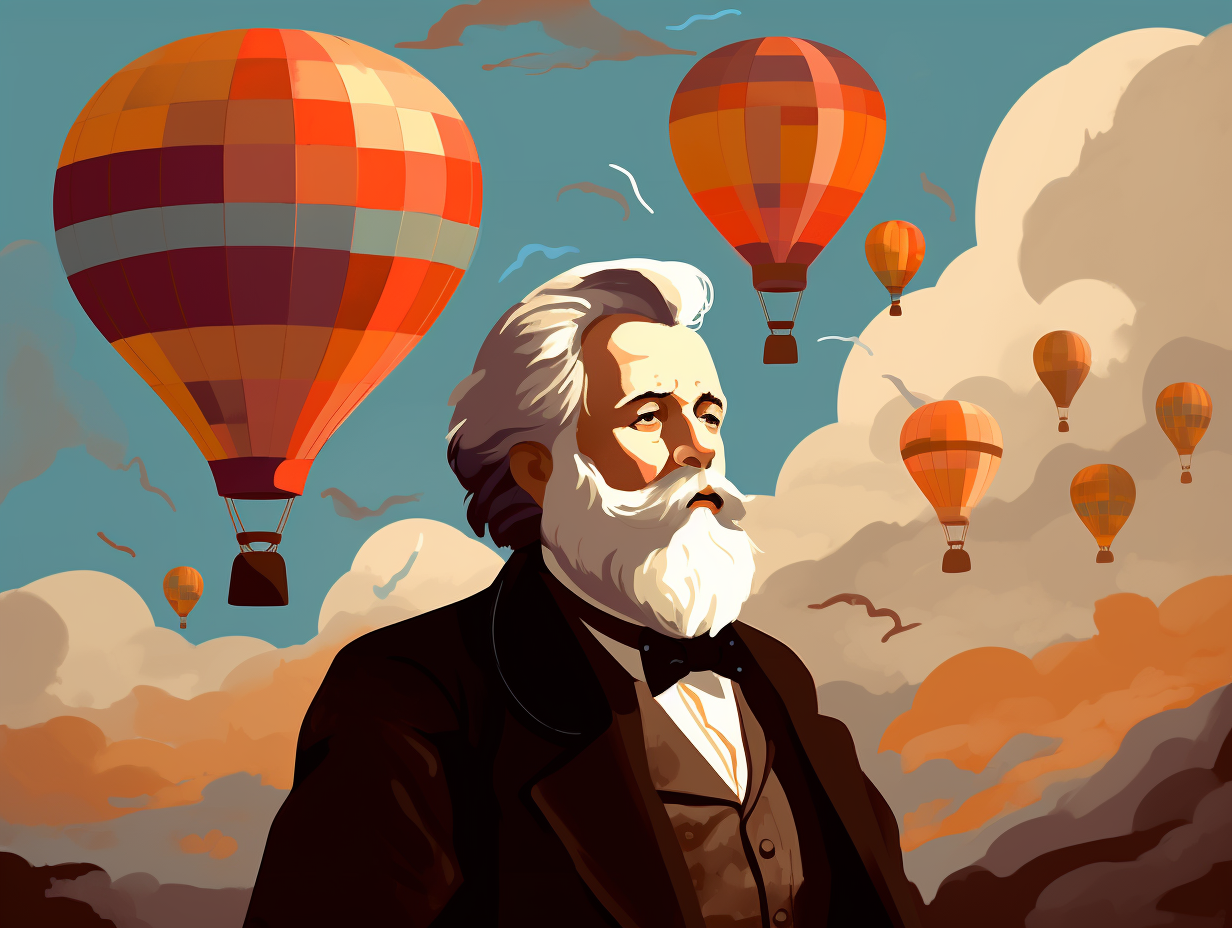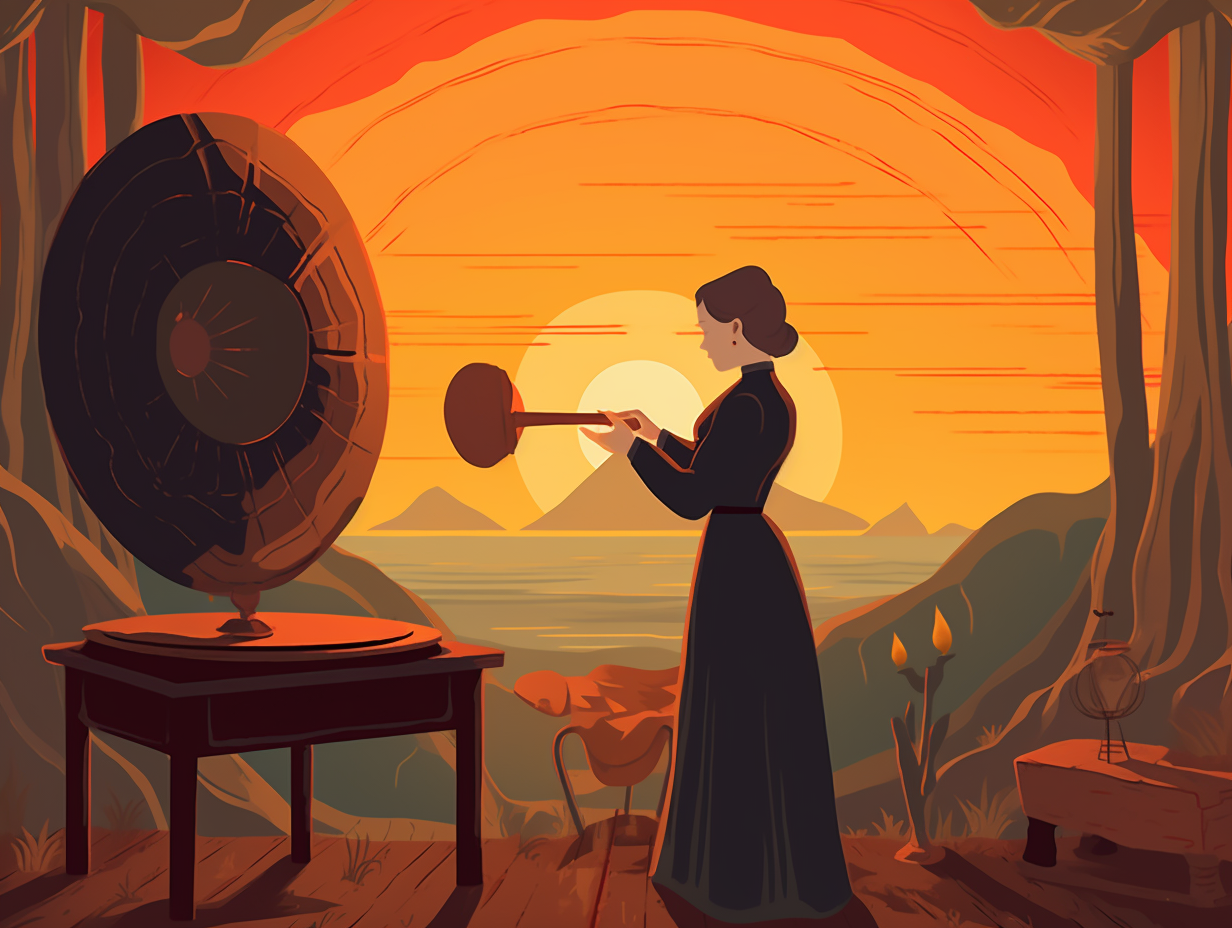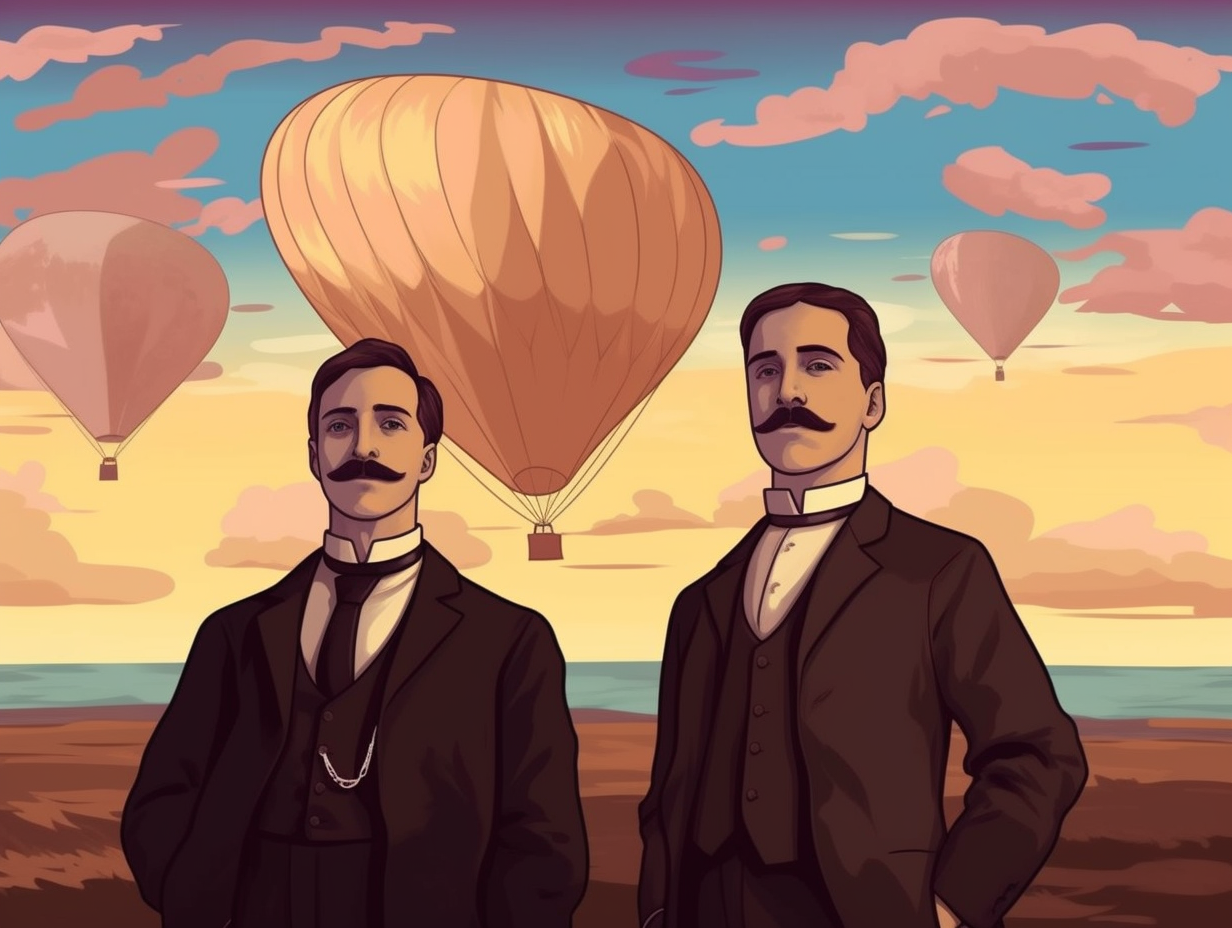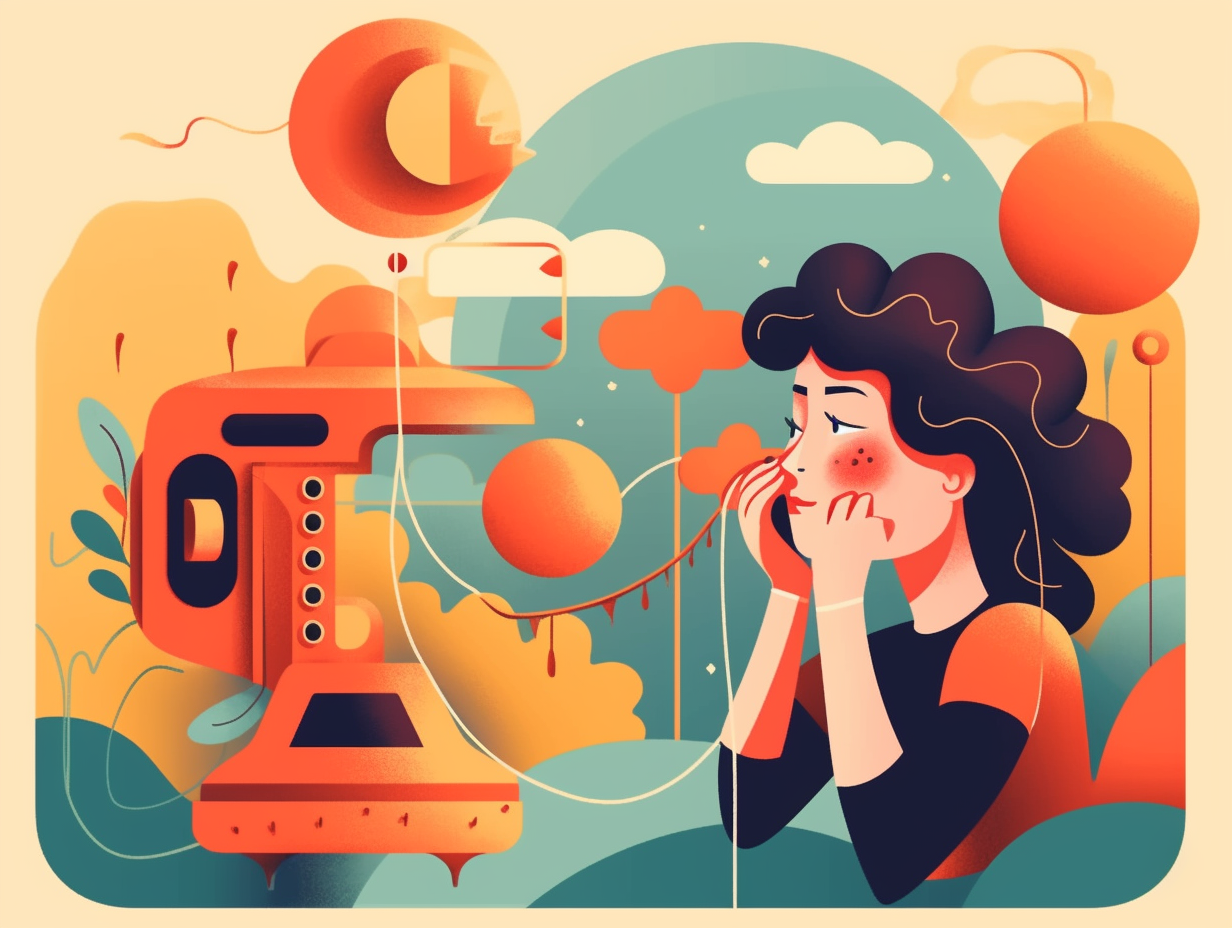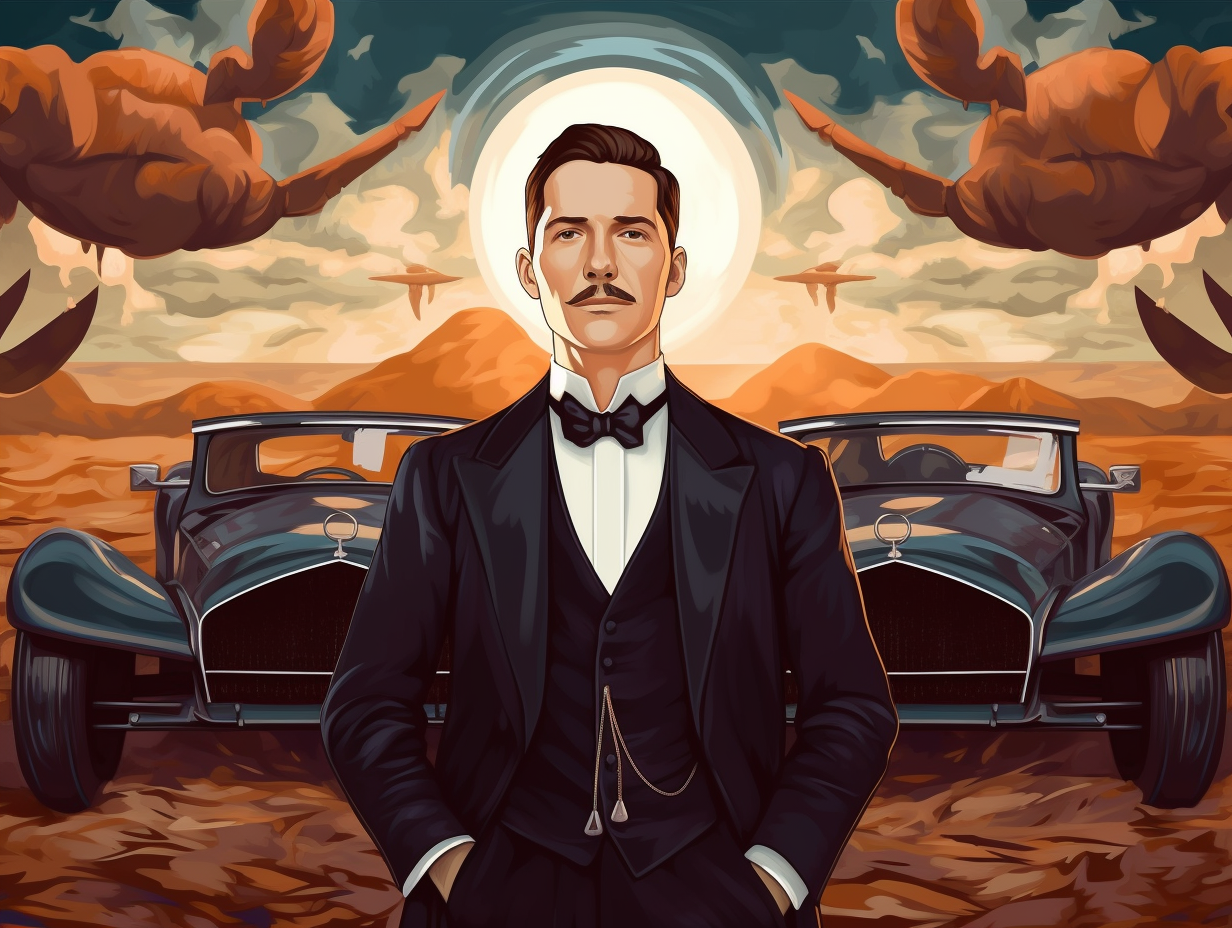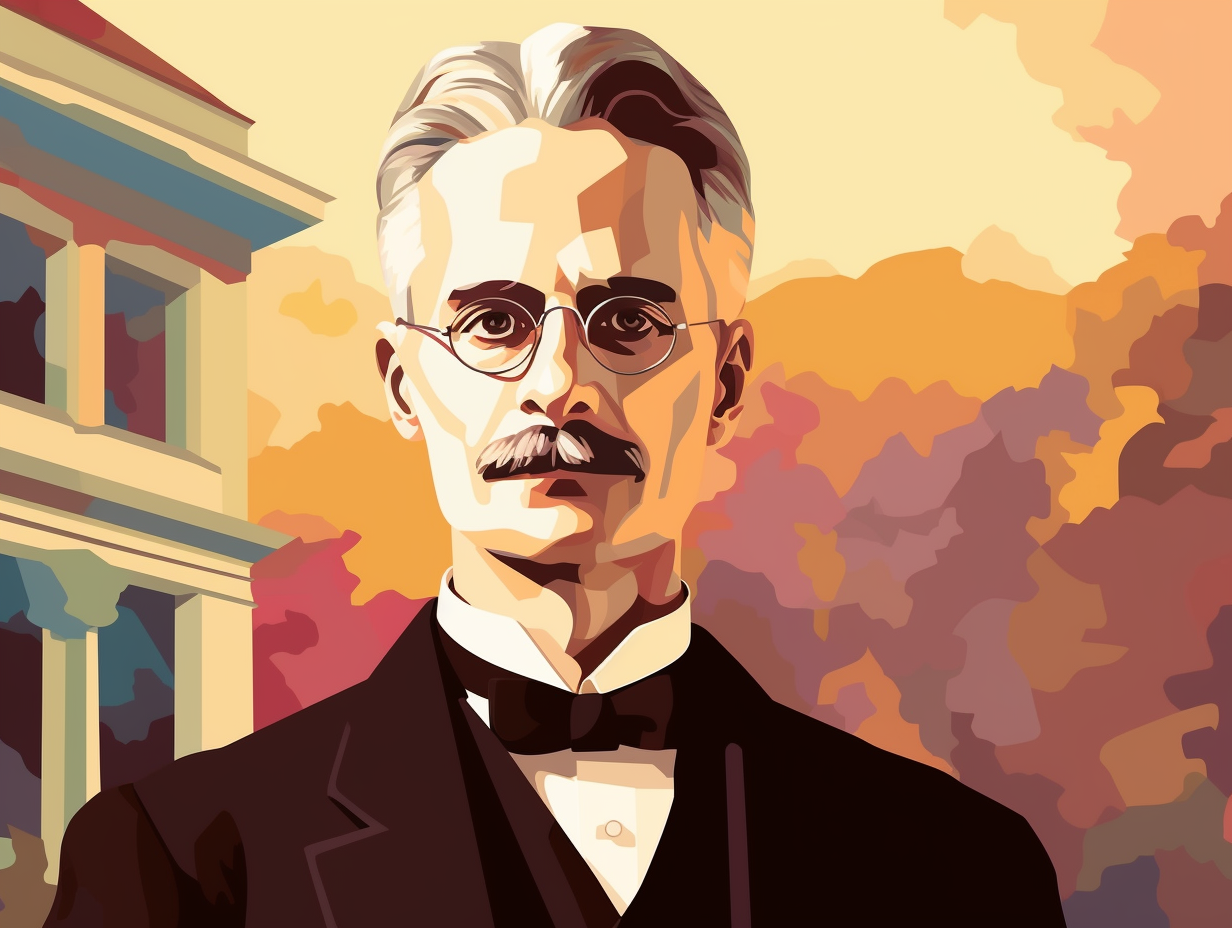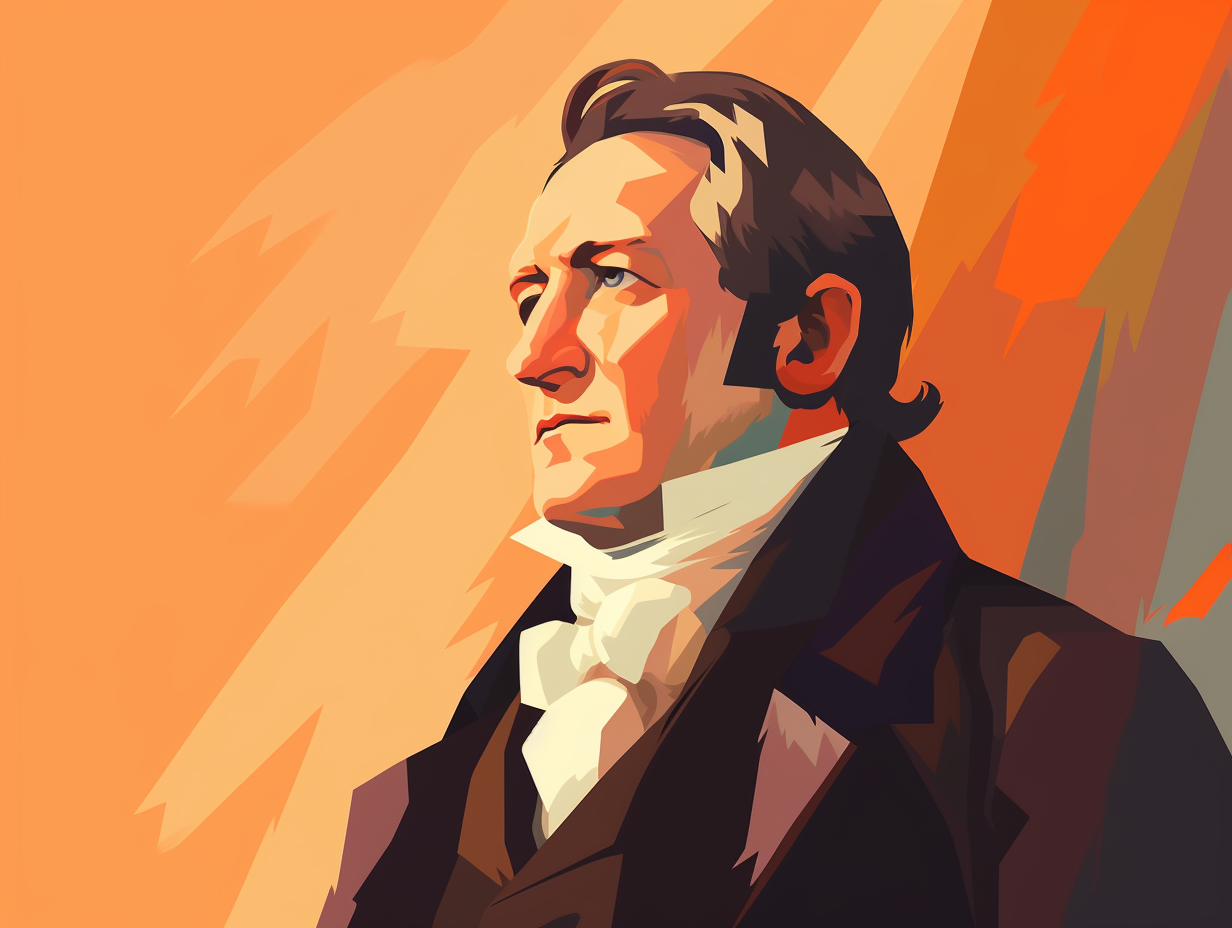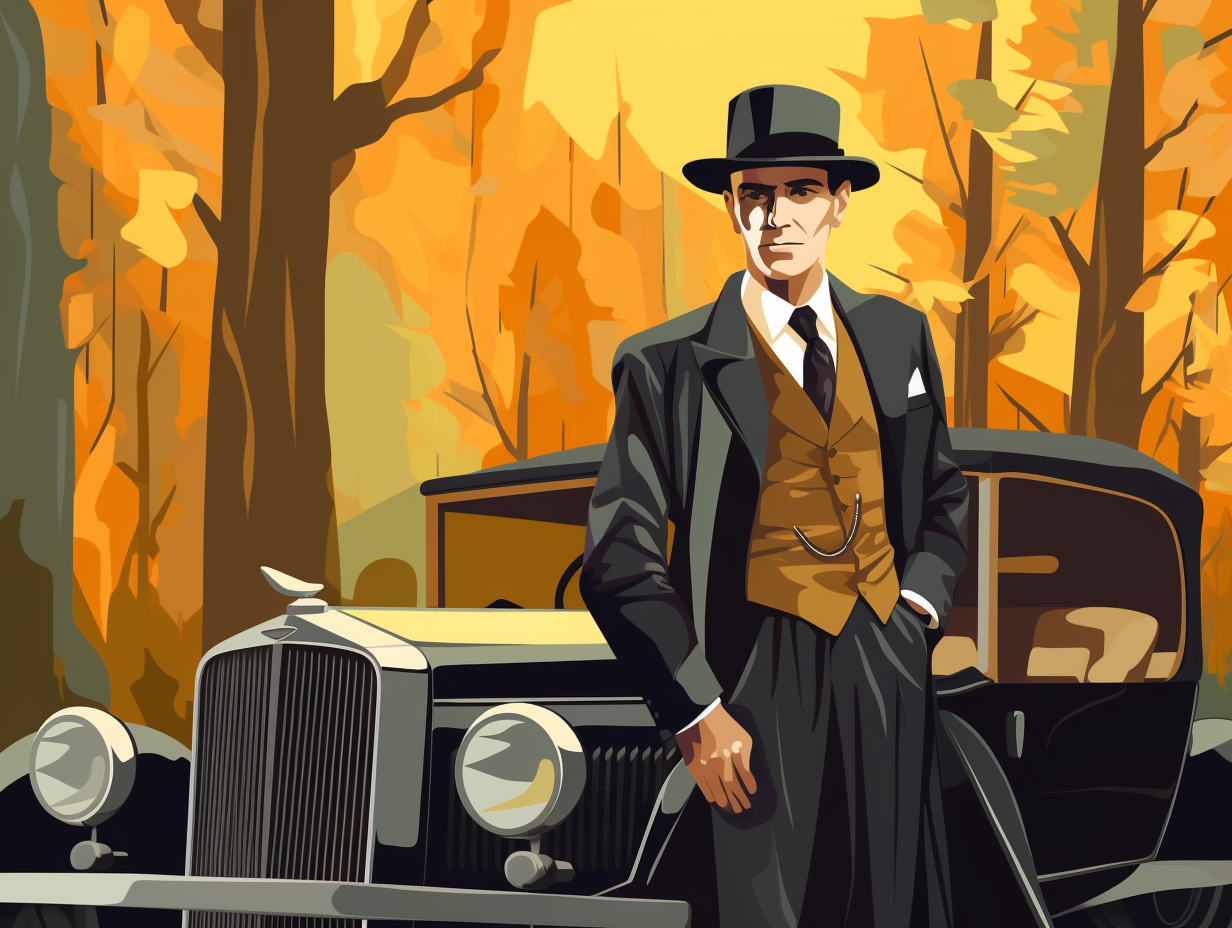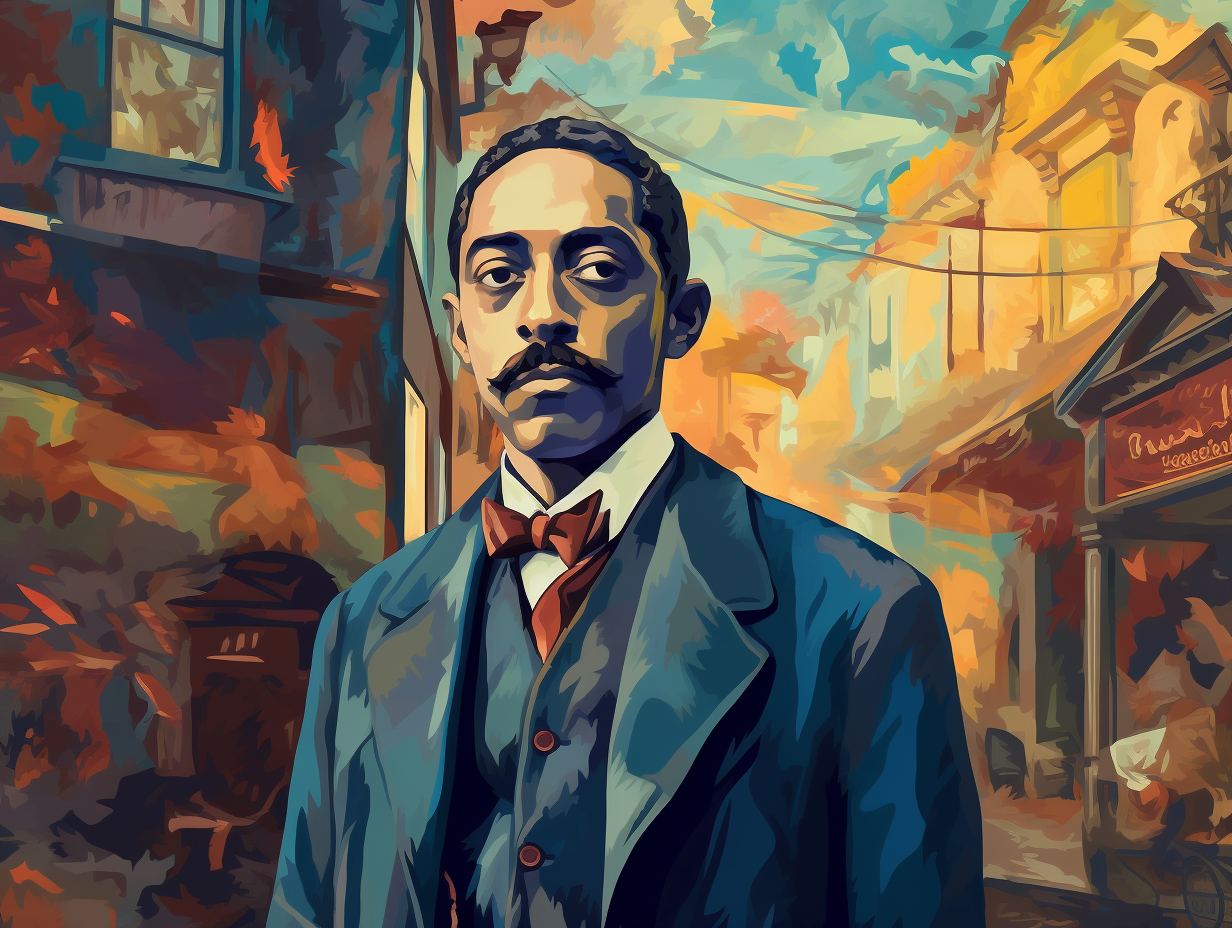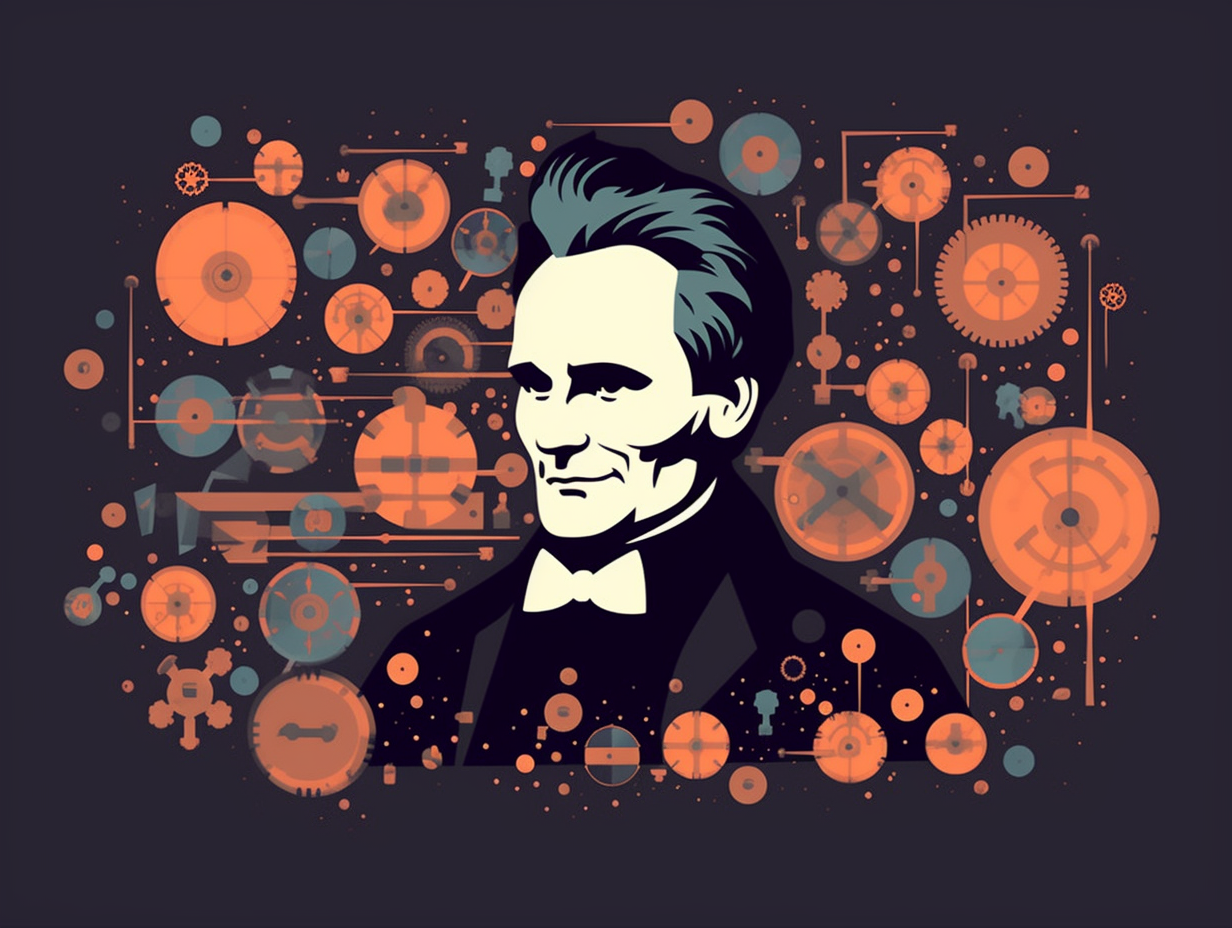Discover the Unexpected: Top 12 Fascinating Fun Facts About World-Changing Inventions

1. Chronograph Race
In a race against time, one French watchmaker didn't just clock it - he chronographed it: Louis Moinet invented the first chronograph in 1815-1816, measuring sixtieths of a second and designed for astronomical purposes, proving that Nicolas Mathieu Rieussec's horse race-timing chronograph in 1821 was a little late to the finish line.
Source => europastar.com
2. Rubik's Cube Conundrum
Who knew that "cube your enthusiasm" could have been a reality TV show based on a struggling inventor? Feast your eyes on this turn of events: Erno Rubik, the ingenious mastermind behind the Rubik's Cube, had to wrestle with his technicolor brainchild for weeks before cracking the code and becoming the first person to successfully solve his own geometric enigma.
Source => nytimes.com

Did you know it took Thomas Edison 1,000 attempts to create the light bulb? Discover the amazing story behind this game-changing invention 💡✨
=> Fun Facts about The-Light-Bulb
3. Microwaved Popcorn Discovery
Imagine if a kernel of truth was hidden in popcorn all along: in 1946, Percy Spencer invented the microwave oven after radar waves from an active radar set caused popcorn kernels to pop and subsequently, an ordinary egg to explode within a kettle, birthing the idea for a rectangular metal box as a resonant cavity for cooking.
Source => aps.org
4. The One-Time Alarm Clock
Before the dawn of the snooze button, there was a clockmaker in New Hampshire who said, "Rise and shine, but only at one exact time": Levi Hutchins invented an American alarm clock in 1787 which, contrary to popular belief, wasn't limited to ringing at 4 a.m. The 29 x 14-inch timepiece, crafted with a pine wood cabinet and a mirror on the door, housed a large brass clock mechanism that stood out as a marvel when brass was scarce and heavily taxed, leading to most clocks being predominantly wooden and powered by iron weights.
Source => cowhampshireblog.com

5. The Light Beam TV Remote
Before Netflix and chill, there were light beams and thrills: The first wireless TV remote control was invented by Eugene Polley of Zenith Electronics in 1955, known as the Flashmatic, which used beams of light on photoelectric cells but had issues with precision and light interference, until Robert Adler improved it the next year with the Zenith Space Command using ultrasound technology.
Source => en.wikipedia.org
6. Snapping Pics without Selfies
Before the endless stream of duck faces and proud avocado toasts: Sir John Herschel, the mind behind the glass-plate negative photographic technique, was snapping shots without a single selfie stick in 1839. While he introduced "photography" to the English language, we solemnly assure you that he did not leave any cheesy filters or hashtags to future generations as they didn't quite exist back then.
Source => moneyweek.com
7. Emperor's Snowy Obsession
Before "Frozen" was cool and Olaf dreamed of summer, Emperor Elagabalus had a chilling obsession of his own: this Roman ruler actually built a mountain of snow using donkey trains in his villa garden, serving as a highly inefficient and expensive prototype of air conditioning, showcasing both his drive for frosty delights and his inventive spirit.
Source => advancedhc.com
8. Ancient Egyptian Water Vending
Before there was the vending machine hustle, where a candy bar seems to defy gravity stuck to its spiral, the ancient Egyptians had a different kind of coin-operated conundrum: Hero of Alexandria invented the first recorded vending machine in the first century, and instead of dispensing mouth-watering snacks, it regulated the distribution of water in temples, ensuring no one could hog more than their just share of sacred H2O.
Source => abc.net.au
9. Lemonade Out of Lemons
When life gave Edwin Perkins lemons, he decided to make Kool-Aid and sweeten the lives of folks even in the sourest times: During the Great Depression, the beloved beverage's price dropped from 10 cents to a mere 5 cents per package, making it the go-to drink for thirst-quenching youngsters and even World War II soldiers who found Kool-Aid in their ration kits.
Source => nebraskastudies.org

10. Cheese Wheels to Roller Coasters
Remember those French cheese wheels rolling down the hills? Well, they threw party-goers for a loop and ended up changing the thrill game: The first roller coaster, Russes a Belleville, evolved from French sleds on steep, waxed slides, with wheels added in 1817, paving the way for today's adrenaline-pumping, wooden giants at amusement parks worldwide.
Source => science.howstuffworks.com
11. Metronome's Early Days
Before Beyoncé's "Irreplaceable" made us "tick-tock" to the left and to the right, a swinging arm kept musicians in check: The first metronome was invented in 1696 by Etienne Loulié, using a pendulum to measure musical time, but it wasn't until 1815 when Johann Nepomuk Maelzel made his version with an audible bell and tempo scale that this beat-keeping gadget truly found a place in the world.
Source => guarnerihall.org
12. Velcro's Starry Adventure
When not busy sticking to our socks and pet fur, Velcro® was reaching for the stars: originally invented for use on astronaut space suits, NASA employed this hook-and-loop hero in the 1960s thanks to its adhesive-free fastening, making wardrobe adjustments a breeze in the final frontier.
Source => invention.si.edu
Related Fun Facts

